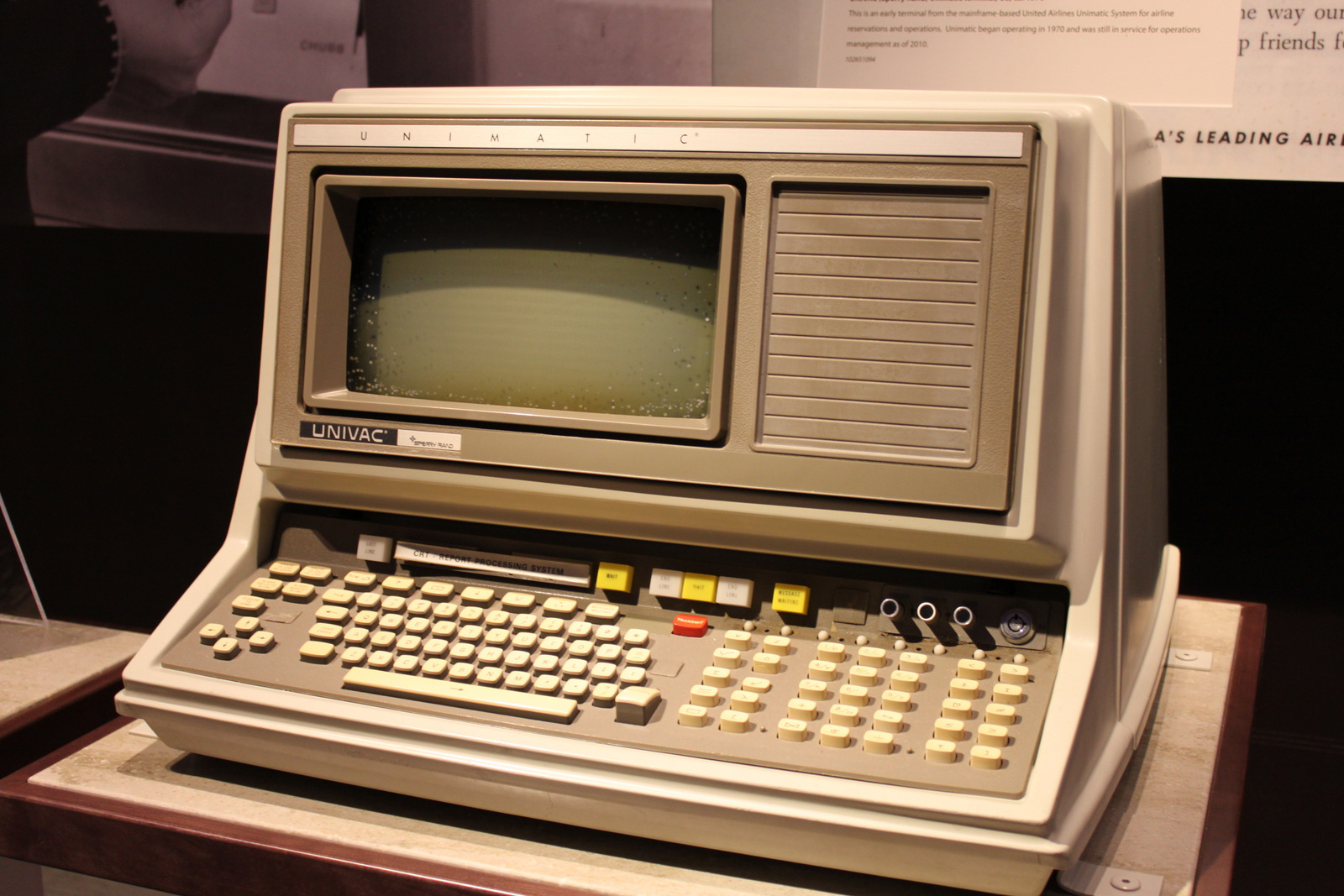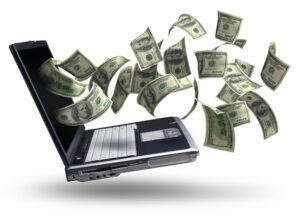History of Computer – Computers are ubiquitous in our modern lives, but their evolution has been a long and fascinating journey. From simple counting machines to powerful tools of data analysis and artificial intelligence, the history of computers is full of breakthroughs, innovation, and human ingenuity. In this article, we will delve into the story of computers and their remarkable impact on our world.
Table of Contents
- Introduction
- Early Computing Devices
- Abacus
- Napier’s Bones
- Pascaline
- Mechanical Calculators
- Leibniz’s Calculator
- Difference Engine
- Analytical Engine
- Electrical Computers
- Colossus
- ENIAC
- UNIVAC
- The First Personal Computers
- Altair 8800
- Apple I
- IBM PC
- Computer Networking and the Internet
- ARPANET
- TCP/IP Protocol
- World Wide Web
- Evolution of Modern Computers
- Microprocessors
- GUIs
- Laptops and Mobile Devices
- Artificial Intelligence and Quantum Computing
- Machine Learning
- Neural Networks
- Quantum Computing
- Conclusion
- FAQs
1. Introduction
The history of computers dates back to ancient times when people used various devices to perform calculations and solve problems. However, the modern computer, as we know it, is the result of centuries of development, experimentation, and technological advances. Today, computers are integral to every aspect of our lives, from work and education to entertainment and communication.
2. Early Computing Devices
The first computing devices were simple tools used for counting and arithmetic calculations. These devices were based on physical or mechanical principles and required human input to function. Some of the earliest computing devices include:
2.1 Abacus
The abacus is one of the oldest known computing devices, dating back to ancient China and Mesopotamia. It consists of a frame with rods or wires on which beads or stones are slid back and forth to perform calculations. The abacus is still used in some parts of the world today.
2.2 Napier’s Bones
In 1617, the Scottish mathematician John Napier invented a tool called Napier’s Bones, which was used for multiplication and division. It consisted of a set of rectangular rods or bones, each marked with a set of numbers. By aligning the rods in different configurations, complex calculations could be performed quickly and easily.
2.3 Pascaline
In 1642, the French mathematician and philosopher Blaise Pascal invented the Pascaline, a mechanical calculator that could perform addition and subtraction. The device used a series of gears and wheels to manipulate numbers and was considered a significant innovation in the field of computing.
3. Mechanical Calculators
In the 19th century, the development of precision engineering and manufacturing led to the creation of mechanical calculators that could perform more complex calculations with greater accuracy. Some of the notable mechanical calculators include:
3.1 Leibniz’s Calculator
In 1673, the German mathematician and philosopher Gottfried Wilhelm Leibniz invented a calculator that could perform multiplication and division, in addition to addition and subtraction. The machine used a stepped drum mechanism to perform calculations and was considered a major breakthrough in the field of computing.
3.2 Difference Engine
In the early 19th century, Charles Babbage, an English mathematician and inventor, developed plans for a mechanical computer called the Difference Engine. The machine was designed to perform complex calculations by breaking them down into simpler steps and executing them mechanically. Although the Difference Engine was never completed during Babbage’s lifetime, it laid the foundation for modern computing.
3.3 Analytical Engine
Babbage also developed plans for a more advanced computer called the Analytical Engine, which could perform any calculation that could be expressed in mathematical terms. The Analytical Engine was a universal computing machine, meaning it could be programmed to perform any task by inputting the appropriate instructions. Although the Analytical Engine was never built, it is considered a conceptual precursor to modern computers.
4. Electrical Computers
The invention of electricity in the late 19th century paved the way for a new generation of computing devices that used electrical circuits to perform calculations. Some of the notable early electrical computers include:
4.1 Colossus
During World War II, the British government developed a machine called Colossus, which was used to break encrypted German messages. Colossus was the world’s first programmable electronic computer and was built using over 2,000 vacuum tubes.
4.2 ENIAC
In 1945, the American government developed the Electronic Numerical Integrator and Computer (ENIAC), which was the first general-purpose electronic computer. ENIAC used over 17,000 vacuum tubes and was capable of performing complex calculations at high speeds.
4.3 UNIVAC
In 1951, the American company Remington Rand developed the Universal Automatic Computer (UNIVAC), which was the first commercially available computer. UNIVAC was used for a variety of applications, including weather forecasting, scientific research, and business data processing.
5. The First Personal Computers
In the 1970s, a new generation of computers emerged that were small enough to be used by individuals and small businesses. Some of the notable early personal computers include:
5.1 Altair 8800
In 1975, the Altair 8800 was released, which was the first personal computer to be sold in kit form. The Altair was based on the Intel 8080 microprocessor and was capable of performing basic calculations and running simple programs.
5.2 Apple I
In 1976, Steve Jobs and Steve Wozniak founded Apple Computer and released the Apple I, which was the first personal computer to include a keyboard and a monitor. The Apple I was aimed at hobbyists and enthusiasts and was not a commercial success.
5.3 IBM PC
In 1981, IBM released the IBM PC, which was the first personal computer to be widely adopted in the business world. The IBM PC was based on the Intel 8088 microprocessor and used the MS-DOS operating system.
6. Computer Networking and the Internet
In the 1960s, the US Department of Defense developed a system called ARPANET, which was the precursor to the modern internet. ARPANET used a protocol called TCP/IP to connect computers together and allowed users to share resources and communicate with each other. In the 1990s, the World Wide Web was developed, which made it easier for users to access information and communicate with each other over the internet.
7. Evolution of Modern Computers
In the 21st century, computers have continued to evolve and become more powerful, portable, and user-friendly. Some of the notable trends in modern computing include:
7.1 Microprocessors
Microprocessors have become smaller and more powerful, allowing for the development of portable and handheld devices such as smartphones and tablets.
7.2 Artificial Intelligence
Artificial intelligence (AI) has become a major area of research and development in computing. AI algorithms can analyze large amounts of data and make predictions or decisions based on that data. Applications of AI include image and speech recognition, natural language processing, and autonomous vehicles.
7.3 Quantum Computing
Quantum computing is an emerging field that uses quantum mechanics to perform calculations that are beyond the capabilities of traditional computers. Quantum computers have the potential to revolutionize fields such as cryptography, chemistry, and materials science.
8. Conclusion
The history of computers spans over two centuries and has been marked by a series of innovations and technological advancements. From the mechanical calculators of the 19th century to the powerful smartphones and quantum computers of the 21st century, computers have become an indispensable part of modern life. As computing continues to evolve, it is exciting to think about the possibilities and potential breakthroughs that lie ahead.
9. FAQs
Q1. Who invented the first computer?
The first mechanical computer was invented by Charles Babbage in the early 19th century, while the first electronic computer was built during World War II by a team of British scientists.
Q2. What is the difference between a mechanical computer and an electronic computer?
A mechanical computer uses gears and other mechanical components to perform calculations, while an electronic computer uses electrical circuits.
Q3. What is the most powerful computer in the world?
As of 2023, the most powerful computer in the world is the Fugaku supercomputer in Japan, which is capable of performing over 400 quadrillion calculations per second.
Q4. What is artificial intelligence?
Artificial intelligence refers to the ability of machines to perform tasks that would normally require human intelligence, such as recognizing patterns, understanding natural language, and making decisions.
Q5. What is quantum computing?
Quantum computing is a type of computing that uses quantum mechanics to perform calculations that are beyond the capabilities of traditional computers. Quantum computers use quantum bits, or qubits, instead of traditional binary bits to store and process information.




